Berk, Ari. The Secret History of Hobgoblins. Somerville, Mass.: Candlewick Press,2012.
Cox, Barbara, and Scott Forbes. Spooky Spirits and Creepy Creatures. Creepy Chronicles.New York: Gareth Stevens, 2014.
Sparrow, Giles. Field Guide to Fantastic Creatures. London: Quercus Books, 2009.
A World of Wicked Creatures
D o you know of any scary, dark caves near where you live? What about a creepy oldhousethatnobody seems to live in? Have you ever walked by these places and felt freaked out?Maybe you heard some strange noises or thought you saw something moving in the shadows.Dont worry, it was probably just your imaginationor was it? Perhaps it was a boggart,goblin, or gremlin hiding in the dark! After all, stories about wicked creaturessuch as these have been around for a very long time.
Could the creatures in these old stories be real? Fortunately, no. Evil creatureslike orcs and hags live only in our imaginations. Long ago people often made up storiesto explain things they didnt understand. When things suddenly disappeared or weremysteriously destroyed, it was often blamed on wicked imaginary creatures. Todaywe know such creatures arent real. But they continue to play a big role in manypopular books, movies, TV shows, and more.
Lets imagine for a time that orcs, hobgoblins, and other wicked creatures are realand alive in the world today. If you wanted to find them, how would you look forthem? Where do they live? What do they eat? Are they ever friendly, or do they alwaysattack you on sight? Get ready for adventure as you learn more about several wickedcreatures and how theyd behave if they were real.
Pixies
Size:
6 to 8 inches (15 to 20 centimeters) tall
Habitat:
hollow trees, logs, and similar spaces in wooded areas
Diet:
seeds, nuts, wild berries, mushrooms, honey
Life Cycle: Pixie families usually include five to six members. Mothers have a childabout every 10 to 15 years. Pixie children grow quickly and reach adult size by age10. However, they slowly and are not considered adults until at least age50. Like their fairy cousins, adult pixies do not appear to age. Most pixies livefor about 300 years.
Physical Features: At first glance its easy to mistake pixies for fairies. Alsoknown as sprites, pixies usually appear as tiny women. They have large eyes, pointedears, and butterfly-like wings. But unlike fairies, pixies usually have black ordark brown hair. Their clothing is often made from dead leaves and grass or bitsof dark cloth found while exploring.
Behavior: Pixies are not naturally wicked or evil. Yet they love to play tricks andpractical jokes on people. However, their pranks often go too far and result in damageor injuries to others. For this reason, many people feel that pixies are nasty andwicked pests. Pixies are naturally curious and will travel long distances to explorethe world. They also enjoy collecting small items like thimbles, toothpicks, string,and pieces of wire. Their small homes are often filled with worthless trinkets thatthey've stolen from others.
Fact Bright blue Cornish pixies cause a lot of mischief in Harry Potter and theChamber of Secrets by J. K. Rowling. During one of Harry's classes, they break things,and pull peoples hair. They even pick up one student by his ears and hang him fromthe ceiling!
mature  to learn to act in a sensible, adult way
to learn to act in a sensible, adult way
Nixies
Size:
about 4 to 4.5 feet (1.2 to 1.4 meters) tall
Habitat:
warm freshwater ponds and lakes
Diet:
fish, clams, frogs, some water plants
Life Cycle: Almost all nixies are female. It is unknown how they reproduce. But itis thought that, like frogs, nixies hatch from eggs as tadpoles. Their arms, legs,hands, and feet then develop as they grow. Nobody is certain, but many believe thatnixies can live for several hundred years. Nixies live in groups called tribes. Eachtribe includes 60 to 80 members.
Physical Features: It can be easy to mistake nixiesfor mermaids. Like mermaids, nixies live in water and havefaces that resemble beautiful human women. However, insteadof large tails, nixies have two strong legs with flipperlike feetthat help them swim quickly. Their pale green skin is madeof tiny fishlike scales. Instead of ears, nixies have thatallow them to breathe underwater. Most nixies have darkgreen hair that resembles seaweed. They enjoy braiding shellsor water lilies into their hair.
Behavior: Nixies are fiercely private and will do anything to protect their wateryhomes. They normally use music and magical . However, nixies can be violent and arent afraid of driving away intrudersby force.
Nixies are usually happy to be left alone. But some nixies have a more wicked nature.They enjoy using their magical abilities to trap innocent people. These people areusually used as slaves to help guard the nixies territory or do other work for them.
gill  a body part on the side of a fish used for breathing underwater
a body part on the side of a fish used for breathing underwater
illusion  something that appears to be real but isnt
something that appears to be real but isnt
lair  a place where an animal lives or sleeps
a place where an animal lives or sleeps
Sirens
Size:
6 to 6.5 feet (1.8 to 2 m) long
Habitat:
rocky islands and shorelines near the sea
Diet:
fish, oysters, sea urchins, starfish, octopuses; prefer humans when possible
Life Cycle: Only a few people have ever reported seeing sirens. For this reason,little is known about these strange creatures. Its believed that sirens are allfemale. Some people think sirens capture human men to serve as mates, but that hasntbeen proven. Nobody knows how quickly siren children grow or how long they live.Some people say that sirens can live up to 1,000 years.
Physical Features: In their true form, sirens look like monstrous mermaids. Theyhave scaly blue or green skin. Their webbed hands are tipped with wicked claws andtheir mouths are filled with sharp, needlelike teeth. Sirens also have a strong tailthat helps them swim quickly.

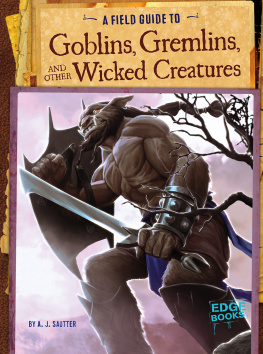
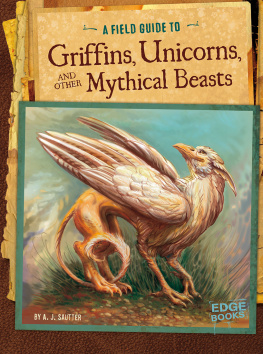
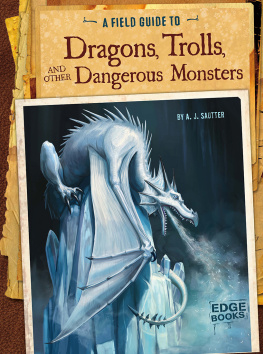



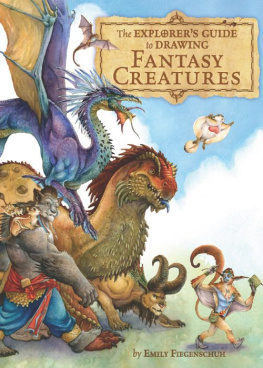
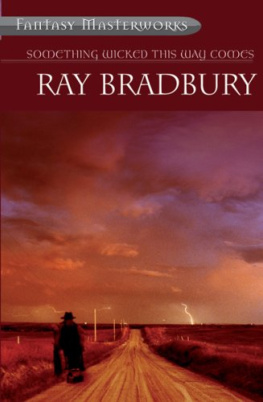






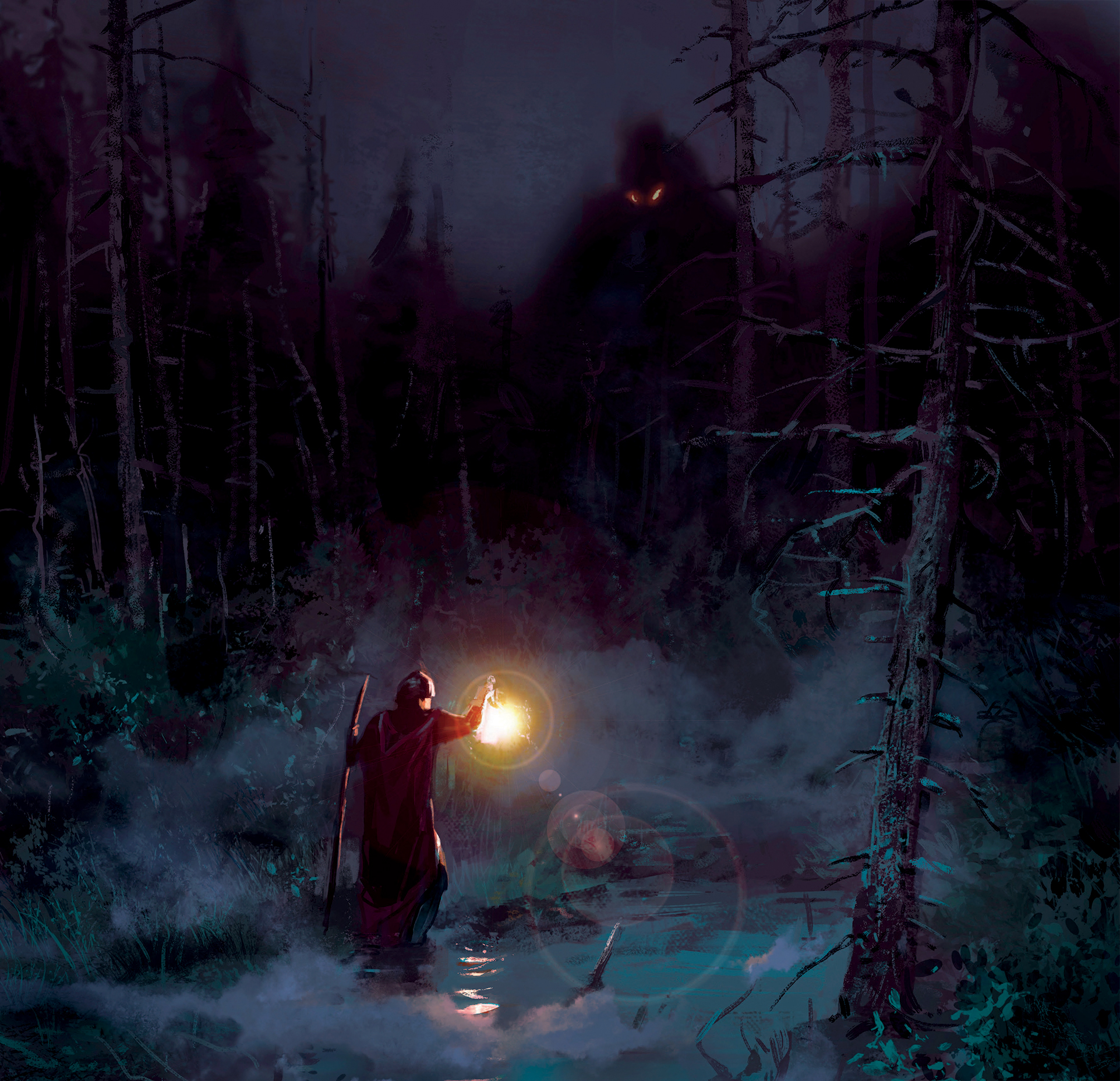
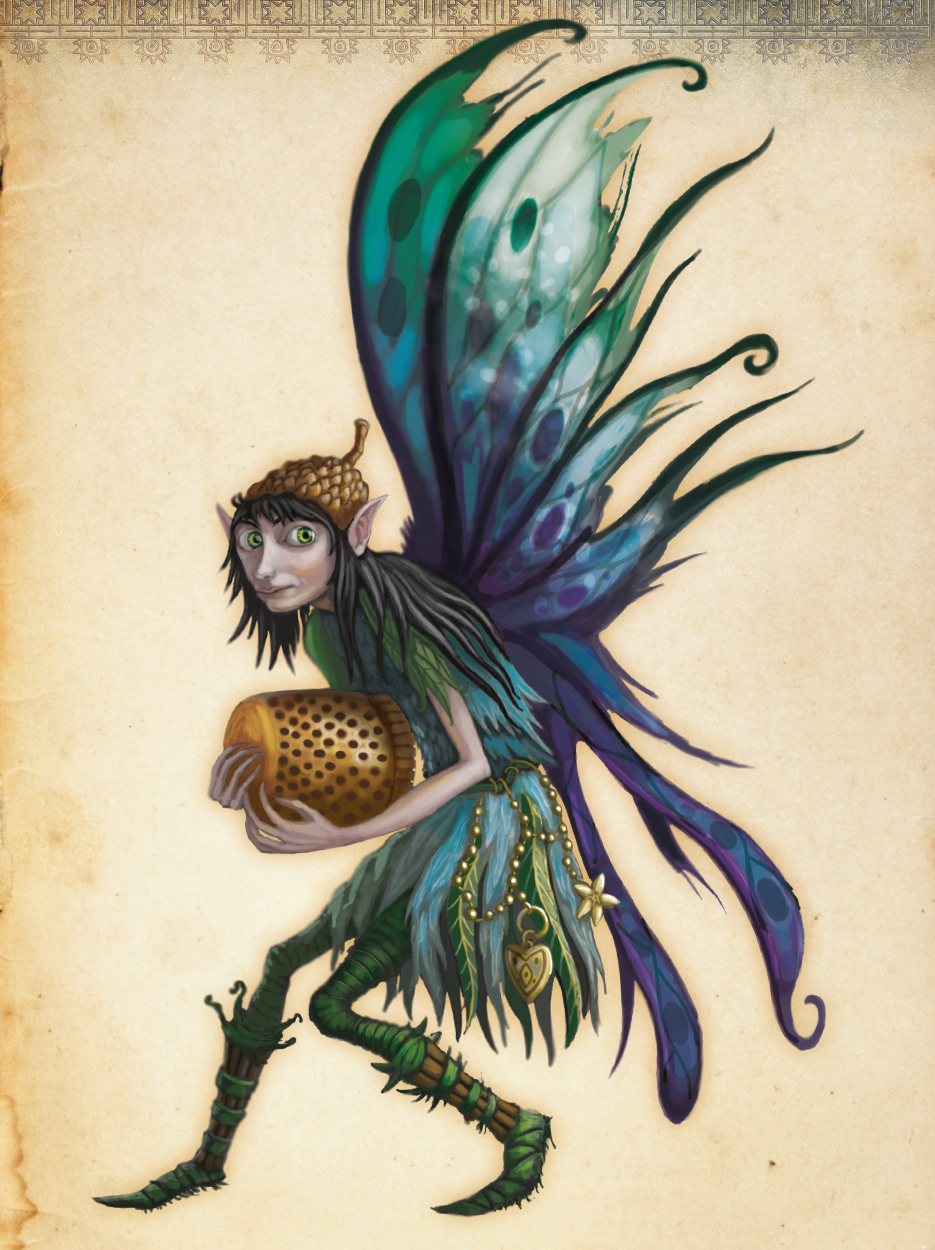
 to learn to act in a sensible, adult way
to learn to act in a sensible, adult way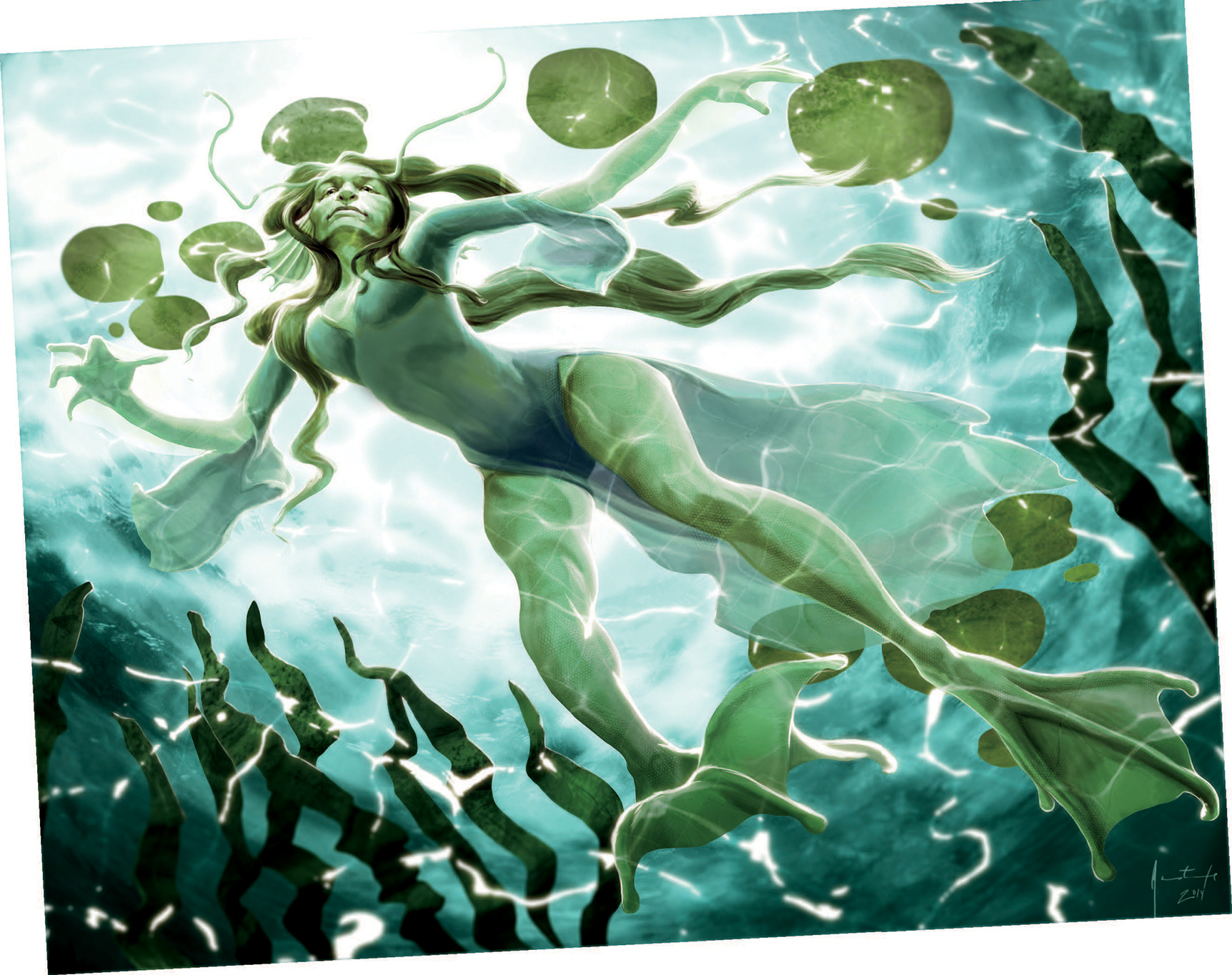
 a body part on the side of a fish used for breathing underwater
a body part on the side of a fish used for breathing underwater something that appears to be real but isnt
something that appears to be real but isnt a place where an animal lives or sleeps
a place where an animal lives or sleeps